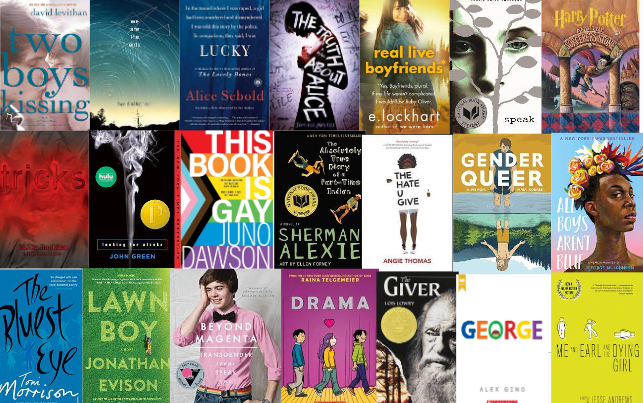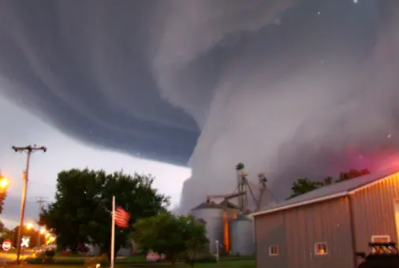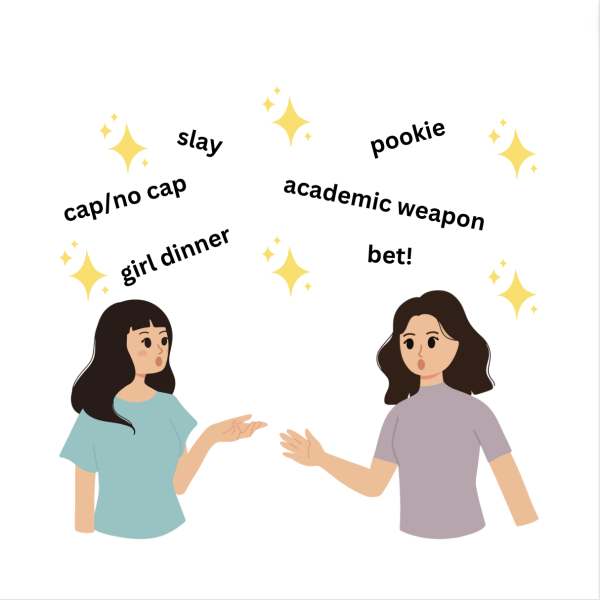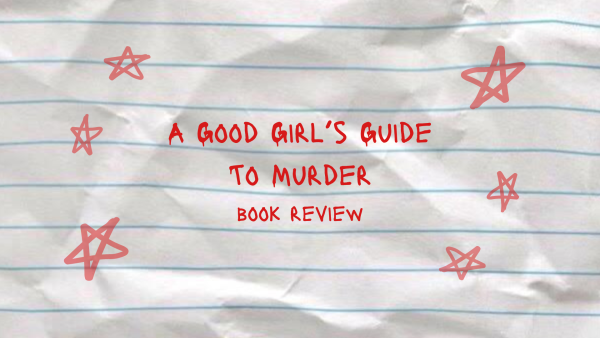Books Should Provoke Conversation Not Fear
Banning books are restricting students’ rights to free speech.
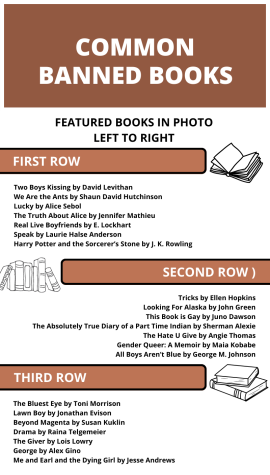
Like many books from this century, the book “The Catcher in the Rye” by JD Salinger is a book that has been a frequent target of censorship ever since its publication in 1951. According to the site American Library Association, this book has seen 16 challenges in numerous cities in the U.S. and has been removed from 11 nationwide school collections for profanity and sexual situations throughout the book. This doesn’t just happen to classics, but many other more recent books. As newly reported bans come to light there seems to be a theme in the modern books facing these bans. According to the Education Week website, many of these bans have themes of “Books with LGBTQ characters or issues topped the list of reported challenges…Other frequently challenged subjects include sex and sexuality that is not violent or abusive, critical race theory, ethnicity/race, racial inequities, gender, and non-traditional family structures.”
Banning books is harmful to society because it limits education about certain topics that are not discussed as often such as books with LGBTQ themes. In an article by Pen America, “From July 2021 to June 2022, PEN America’s Index of School Book Bans lists 2,532 instances of individual books being banned, affecting 1,648 unique book titles.” These titles are facing these struggles to sell and have a common theme. Susan L. Webb said in a The First Amendment Encyclopedia article that those who oppose the bans argue that they restrict students’ first amendment rights. The author also talks about how “ … censors undermine one of the primary functions of education: teaching students how to think for themselves. Such actions, assert free speech proponents, endanger tolerance, free expression, and democracy.”
Some believe that these books should be banned for religious reasons because the themes of the books go against their religion or belief system. This does serve a problem with the rights of free speech we are entitled to as Americans. But we also have the right to our own beliefs. So, parents or caregivers of children should be able to teach their children about topics they see fit. But not telling others what parents should tell their children. According to the American Library Association, the three main reasons that a book gets banned are, “…the material was considered to be ‘sexually explicit’, the material contained ‘offensive language’ [and/or] the materials was ‘unsuited to any age group.’”
The recent bomb threats to many schools across the country like, Northwest Junior High in Coralville, Iowa which have the book “This Book is Gay” by Juno Dawson in their library is a prime example of how we should be restricting the literature we consume through threats. In a recent article from the Advocate of Juno Dawson responding to the bomb threats, “Conservatives and right-wing radicals have called the book “pornographic” and inappropriate for kids.” Dawson, who was formerly a teacher, also said in the Instagram post the article quotes, “‘[My students] weren’t really learning anything that they needed to keep them safe and healthy when they were in adult relationships. And so I wanted to address that with ‘This Book Is Gay.’” Intending for the book to be educational for its readers.
Banning books is harmful to society because it limits books about topics that are not talked about that are not mainstream. Topics such as LGBTQ themes and racial inequality that are not talked about enough. Many use their religious beliefs as a reason that a topic in a book is unfit for students in schools to read. We should be having conversations about these topics with children and fostering new ideas because they are not going to go away.
Your donation will support the student journalists of West High School. Your contribution will allow us to purchase Scholarship Yearbooks, newsroom equipment and cover our annual website hosting costs.


